
Published in Food Chemistry, researchers from Jiangsu University of Science and Technology and Jimei University use near-infrared (NIR) spectroscopy and machine learning to tackle food adulteration and enhance quality control.

Researchers at China Agricultural University developed a rapid and accurate spectroscopic method using NIR and FT-IR combined with PLS regression to measure protein content in rice noodles, enhancing quality control for the popular river snail rice noodle (luosifen) industry.

Published in Food Chemistry, researchers from Jiangsu University of Science and Technology and Jimei University use near-infrared (NIR) spectroscopy and machine learning to tackle food adulteration and enhance quality control.
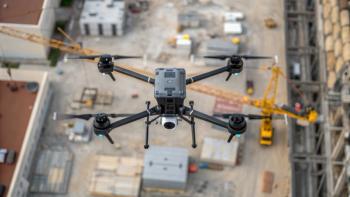
Researchers in Scotland have developed a drone-mounted infrared imaging system that can detect and map methane gas leaks in real time from up to 13.6 meters away. The innovative approach combines laser spectroscopy with infrared imaging, offering a safer and more efficient tool for monitoring pipeline leaks and greenhouse gas emissions.

Researchers from Jiangsu University and Jimei University developed an advanced FT-NIR-based method for food safety monitoring, achieving over 97% accuracy in identifying multiple oil-based contaminants in peanut oil.
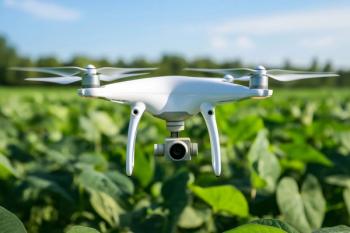
Researchers in Northeast China have demonstrated a new approach using drone-mounted multispectral imaging to monitor and predict soybean bacterial blight disease, offering a promising tool for early detection and yield protection.

A new review highlights how vibrational spectroscopy techniques like FTIR, NIR, and Raman offer rapid, non-destructive tools for accurately analyzing plant-based protein content and structure.

A Virginia Tech study has combined drone-mounted NIR hyperspectral imaging (400 nm to 1100 nm) and AI to estimate soil moisture at root depths with remarkable accuracy, paving the way for smarter irrigation and resilient farming.

Researchers from Chinese universities have developed an AI-powered platform that combines near-infrared (NIR) and Raman spectroscopy for real-time monitoring and control of antibiotic production, boosting efficiency by over 30%.
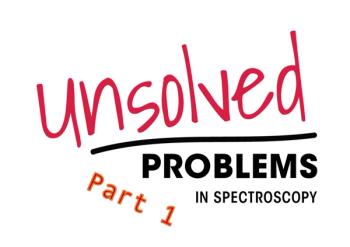
This tutorial examines the modeling of diffuse reflectance (DR) in complex particulate samples, such as powders and granular solids. Traditional theoretical frameworks like empirical absorbance, Kubelka-Munk, radiative transfer theory (RTT), and the Hapke model are presented in standard and matrix notation where applicable. Their advantages and limitations are highlighted, particularly for heterogeneous particle size distributions and real-world variations in the optical properties of particulate samples. Hybrid and emerging computational strategies, including Monte Carlo methods, full-wave numerical solvers, and machine learning (ML) models, are evaluated for their potential to produce more generalizable prediction models.

Researchers develop robust diagnostic method using functional near-infrared (fNIR) spectroscopy and deep neural networks with high accuracy.

A new study published in the journal Food Chemistry by lead authors Qian Zhao and Jun Huang from Zhejiang University of Science and Technology unveil a new data-driven framework for predicting resistant starch content in rice

The recipient of the 2025 NYSAS Gold Medal Award is Geraldine L. Richmond, Presidential Chair in Science and Professor of Chemistry at the University of Oregon.
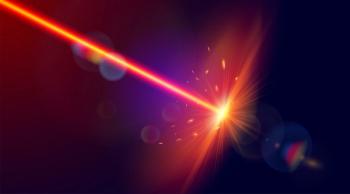
A new study reveals how changes in refractive index can skew transient absorption data in thin-film materials, leading to misinterpretations unless properly corrected.
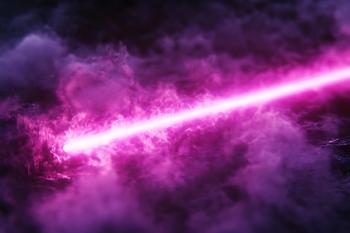
Researchers in Brazil have developed new optical techniques—SLIM, IC-scan, and RICO-scan—to probe the complex nonlinear properties of scattering and disordered materials, expanding potential applications in photonics, biomedicine, and thermometry.

Researchers have introduced a simple yet powerful new rule based on Rayleigh scattering theory that accurately links the absorption behavior of composite media, like aerosols or colloids, to the properties of their nanoparticle constituents.

A Texas A&M AgriLife Research study published in Rangelands found that region-specific calibration significantly improves the accuracy of FNIRS-based nutritional monitoring for beef cattle grazing the Edwards Plateau.

In this tutorial, Thomas G. Mayerhöfer and Jürgen Popp introduce complex-valued chemometrics as a more physically grounded alternative to traditional intensity-based spectroscopy measurement methods. By incorporating both the real and imaginary parts of the complex refractive index of a sample, this approach preserves phase information and improves linearity with sample analyte concentration. The result is more robust and interpretable multivariate models, especially in systems affected by nonlinear effects or strong solvent and analyte interactions.

A new study demonstrates how handheld near-infrared spectroscopy can be a powerful, accurate tool to distinguish real cashmere from wool.

Chinese researchers have developed a powerful new method using near-infrared (NIR) hyperspectral imaging combined with a convolutional neural network (CNN) to identify hazardous explosive materials, like trinitrotoluene (TNT) and ammonium nitrate, from a distance, even when concealed by clothing or packaging.

Researchers have developed an analytical method combining remote near-infrared and Raman spectroscopy with machine learning to noninvasively map moisture and salt damage in historic buildings, offering critical insight into ongoing structural deterioration.

Researchers in China propose novel postharvest processing mode using vis-NIR spectroscopy and deep learning to accurately measure pomelo sweetness.

Researchers from Tianjin Agricultural University, Nankai University, and Zhejiang A&F University have developed a highly accurate method using near-infrared spectroscopy and machine learning to rapidly detect and classify microplastics in chicken feed.

Researchers at Wroclaw University of Science and Technology and Université catholique de Louvain have demonstrated how diffuse reflectance spectroscopy (DRS) in the 900 nm to 1100 nm range can non-destructively assess powder blend homogeneity in metal additive manufacturing. Their findings suggest that DRS offers a fast, reliable method for ensuring uniformity in aluminum alloy powders used in powder bed fusion 3D printing.

Shanghai researchers develop high-accuracy machine learning system to identify colorless microplastics across varied environments.
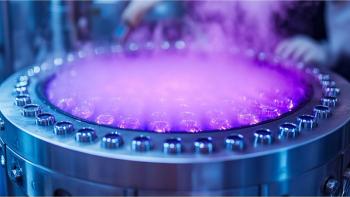
Researchers from Northwestern University, University of Cádiz, and University of Arizona have developed new formulae for analyzing optical thin films that outperform traditional models by accounting for complex geometries and absorbing substrates. These advances offer more precise ultraviolet-visible-near-infrared (UV-vis-NIR) spectroscopic analysis of film materials used in critical modern technologies.

A recent study explored new rapid screening alternatives to traditional methods for detecting pork adulteration in meatballs, aiding halal food authentication efforts.